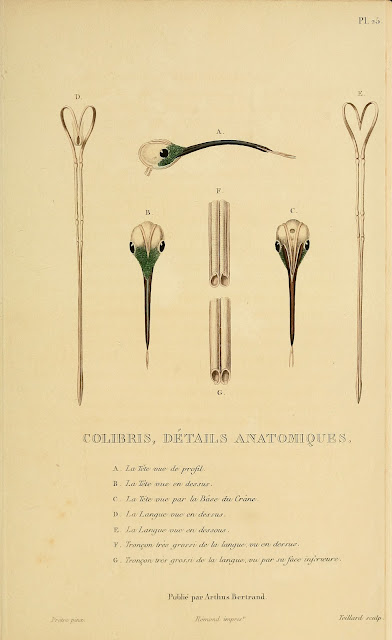Introducing theater at facsimilium... with a delicious collection of 19th Century American theatrical posters from the 1890s and -some of them- images from the collection of the Charlotte Cushman Club and mainly from the Horace Howard Furness Collection, hosted at University of Pennsilvanya dedicated to the study of Shakespeare and his contemporaries and, more generally, to the English Renaissance and the history of Shakespearean theatrical presentations.
The Furness Image Collection comprises more than 2,000 prints and photographs. The majority date from the nineteenth century, but the Collection also holds earlier and later images. These images illustrate and interpret Shakespeare's plays and also document theatrical performers and performances of works by Shakespeare and other dramatists.
Horace Howard Furness (1833–1912) collected in a single source 300 years of references, antecedent works, influences and commentaries about W Shakespeare opus. Member of the WS Society of Philadelphia and also lecturer at the University of Pennsylvania, was the intendent of the "New Variorum" editions of Shakespeare. He Studied at Germany and after returning to the US, married Helen Kate Rogers, sister of Fairman Rogers, and heir to an enormous ironmaking fortune. His son Horace Jr. donated his father's Shakespearean collection to the University of Pennsylvania, whose Horace Howard Furness Memorial Library honors both.
















































